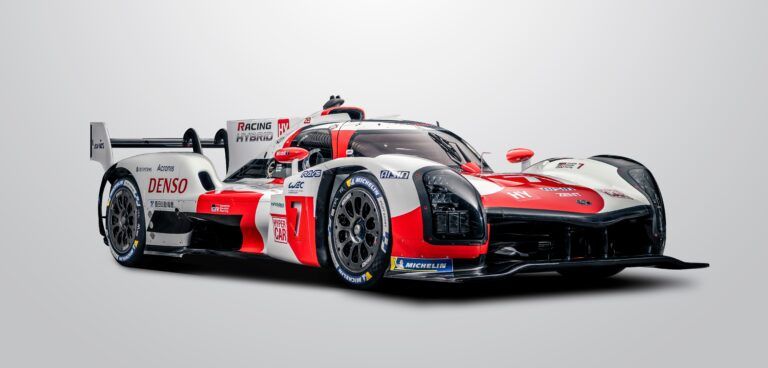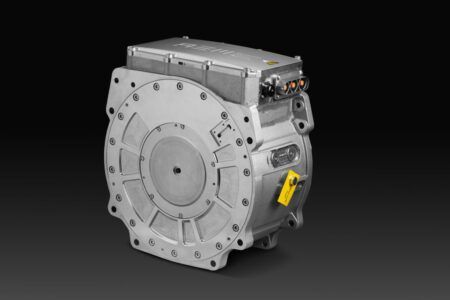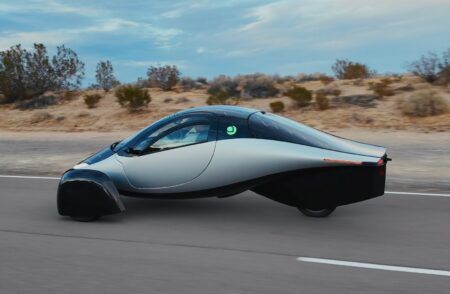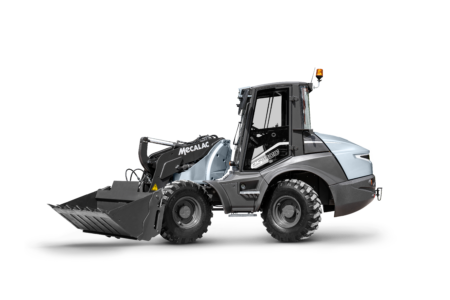Toyota Gazoo Racing has unveiled its all-new GR010 Hybrid Le Mans Hypercar, which pairs a 3.5-liter V6 twin-turbo engine with an electric motor, ahead of its entry into the 2021 FIA World Endurance Championship.
The reigning World Champions and three-time Le Mans 24 Hours winners will defend their titles against new manufacturer competitors with a racing version of the forthcoming hypercar road car, featuring powertrain technology developed in the previous TS050 Hybrid race car and highlighted with new Racing Hybrid branding.
The GR010 Hybrid is a prototype race car developed during the past 18 months in a partnership between engineers at the team’s headquarters in Cologne, Germany, and the electric hybrid powertrain experts at Higashi Fuji in Japan. It features a powerful all-wheel drive racing hybrid powertrain, with a 3.5-liter V6 twin-turbo engine providing 671bhp/680PS to the rear wheels and a 268bhp/272PS motor-generator developed by Aisin AW and Denso on the front axle. Total power output is capped at 500kW (671bhp/680PS), so the GR010 Hybrid’s sophisticated electronics reduce engine power according to the amount of hybrid boost deployed.
The crews have already started an intense development program for the car with three three-day test already completed as the team adapt to new championship regulations which mark a significant shift in terms of performance and philosophy.
In line with a cost-reduction initiative incorporated in the new regulations, the new GR010 Hybrid is 162kg heavier and has 32 per cent less power than its TS050 Hybrid predecessor, which means Le Mans lap times are expected to be around 10 seconds slower. It is also a bigger car, with length increased by 250mm, width by 100mm and height by 100mm.
For the first time since the beginning of their WEC project, Toyota Gazoo Racing will participate without a rear motor-generator unit (MGU); the single permitted MGU is located on the car’s front axle. This means the GR010 Hybrid requires a starter motor and fully hydraulic rear brakes.
State-of-the-art aerodynamics are optimized for efficiency and have been developed using powerful Computational Fluid Dynamics software and wind tunnel testing. The new technical regulations permit only a single homologated bodywork package, with one adjustable aerodynamic device. The GR010 hybrid will therefore compete in the same specification at both low and high downforce circuits, with an adjustable rear wing modifying its aerodynamic characteristics.
Hisatake Murata, team president, said: “It is a fascinating time for endurance racing, with the new Le Mans Hyper car class, and for Toyota Gazoo Racing, with the launch of the GR010 Hybrid. This car represents our next generation of racing hybrid. During our LMP1 era, since 2012, we worked tirelessly to improve and strengthen our hybrid technology for racing. We set new standards with the TS050 Hybrid and our first loop of racing hybrid development is complete. This technology will be available to our future customers soon….the GR010 Hybrid is a preview of our road-going cars, and what we learn on the WEC race tracks will directly benefit our customers.”
Pascal Vasselon, technical director, said: “A major difference is the architecture of the hybrid system. We will have one kinetic energy recovery system and brake-by-wire, on the front axle. This means we had to install a starter motor and fully hydraulic rear brakes for the first time in our WEC project. Following the regulations, our car will have one bodywork specification to handle all circuits, so we needed to provide a wider working window for this car. These are just examples, there have been many such differences and challenges to address during development, so it has been an interesting engineering project.”





